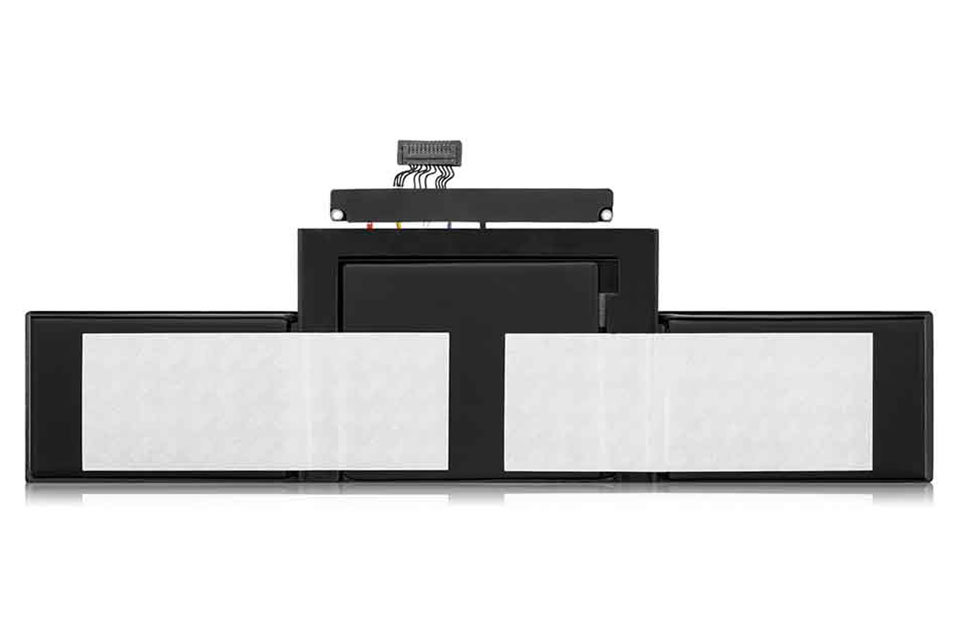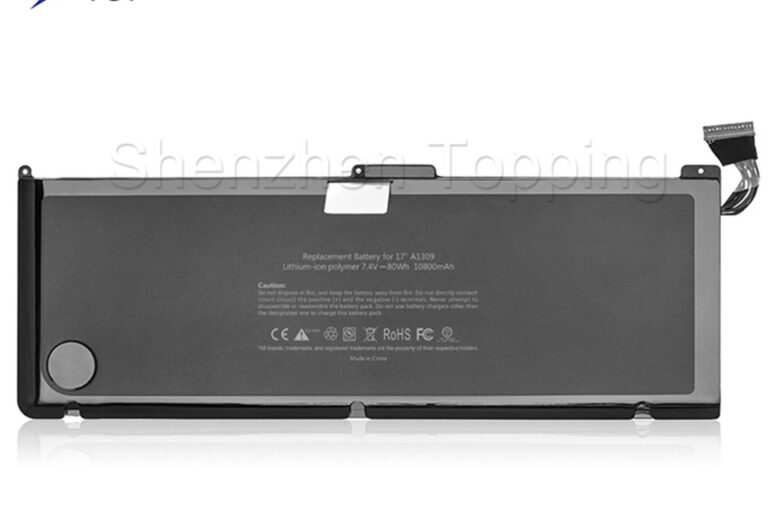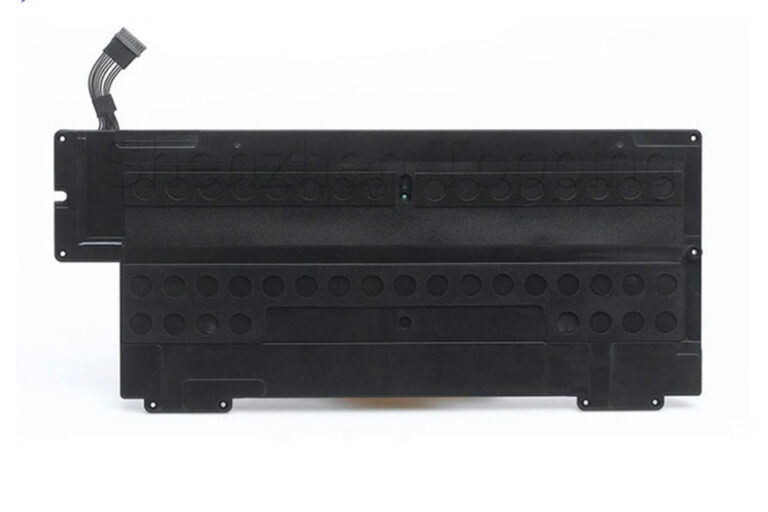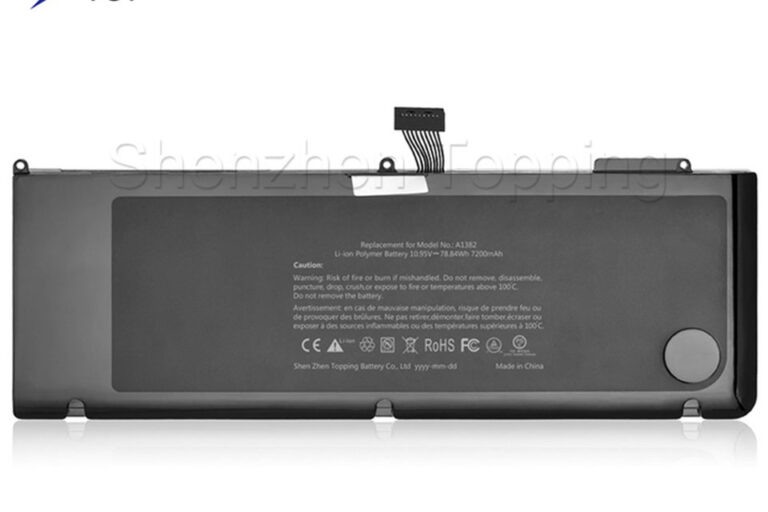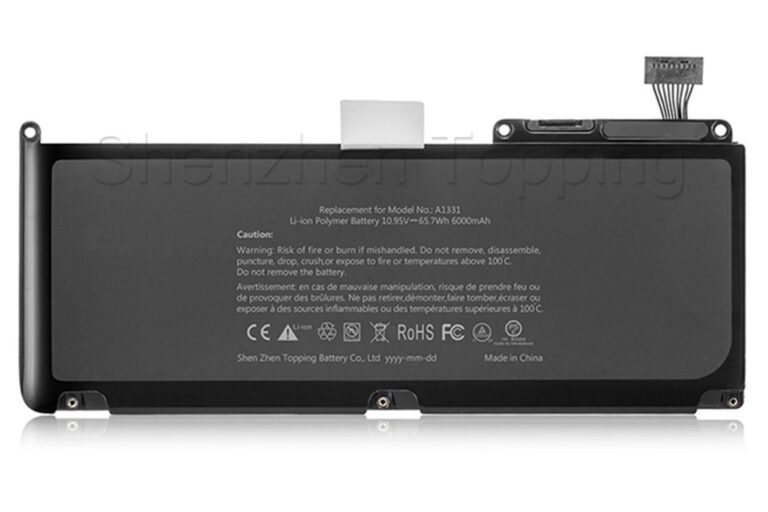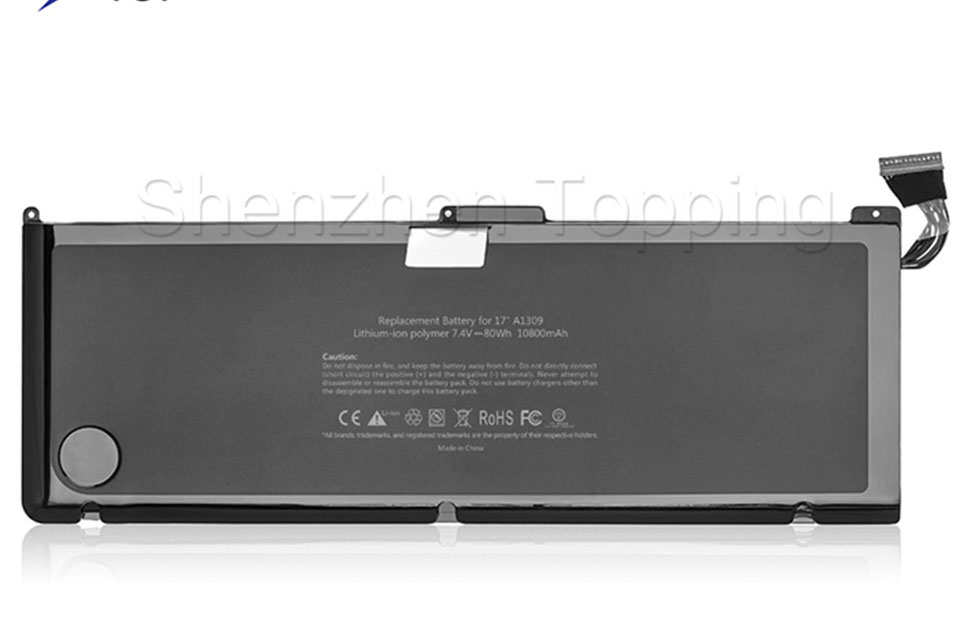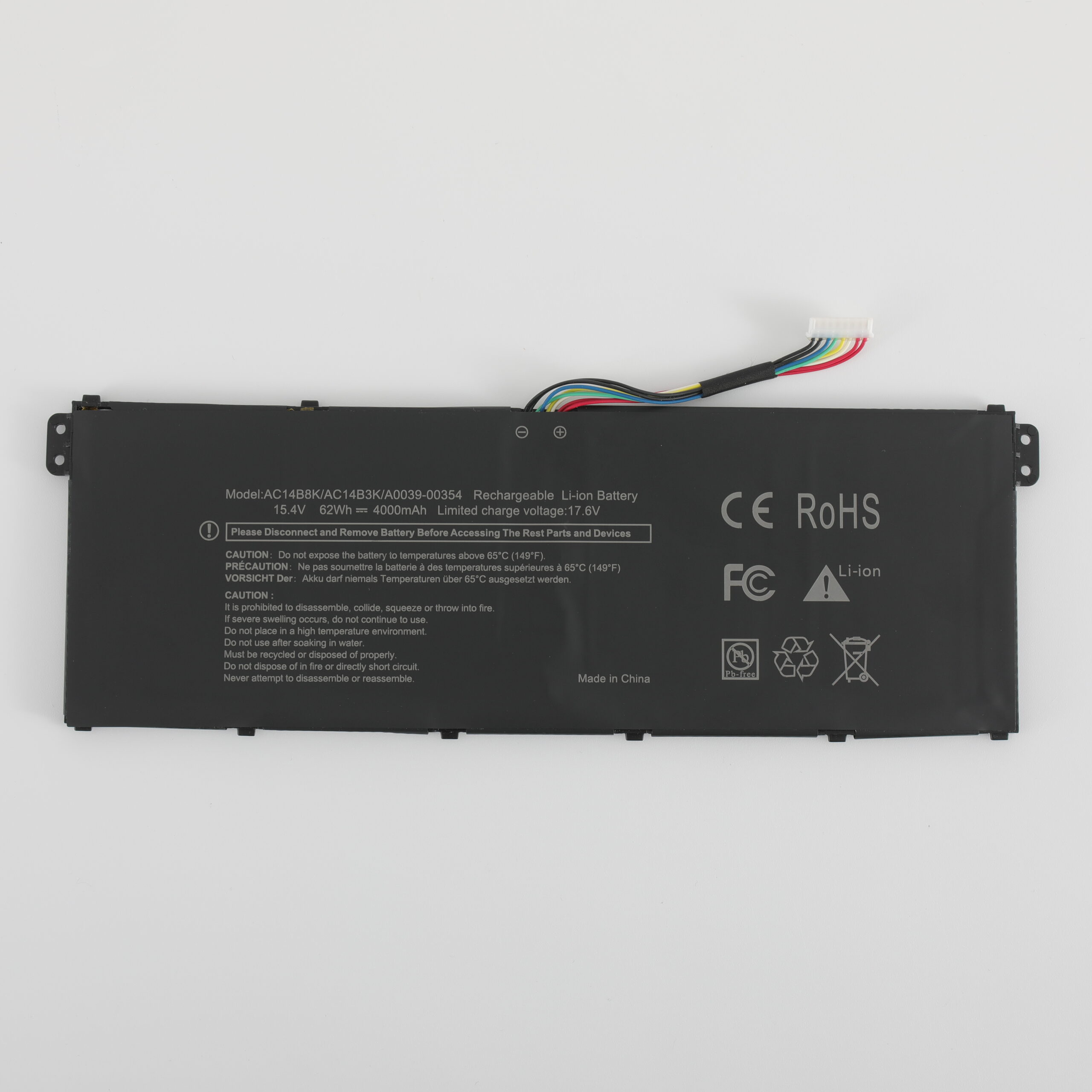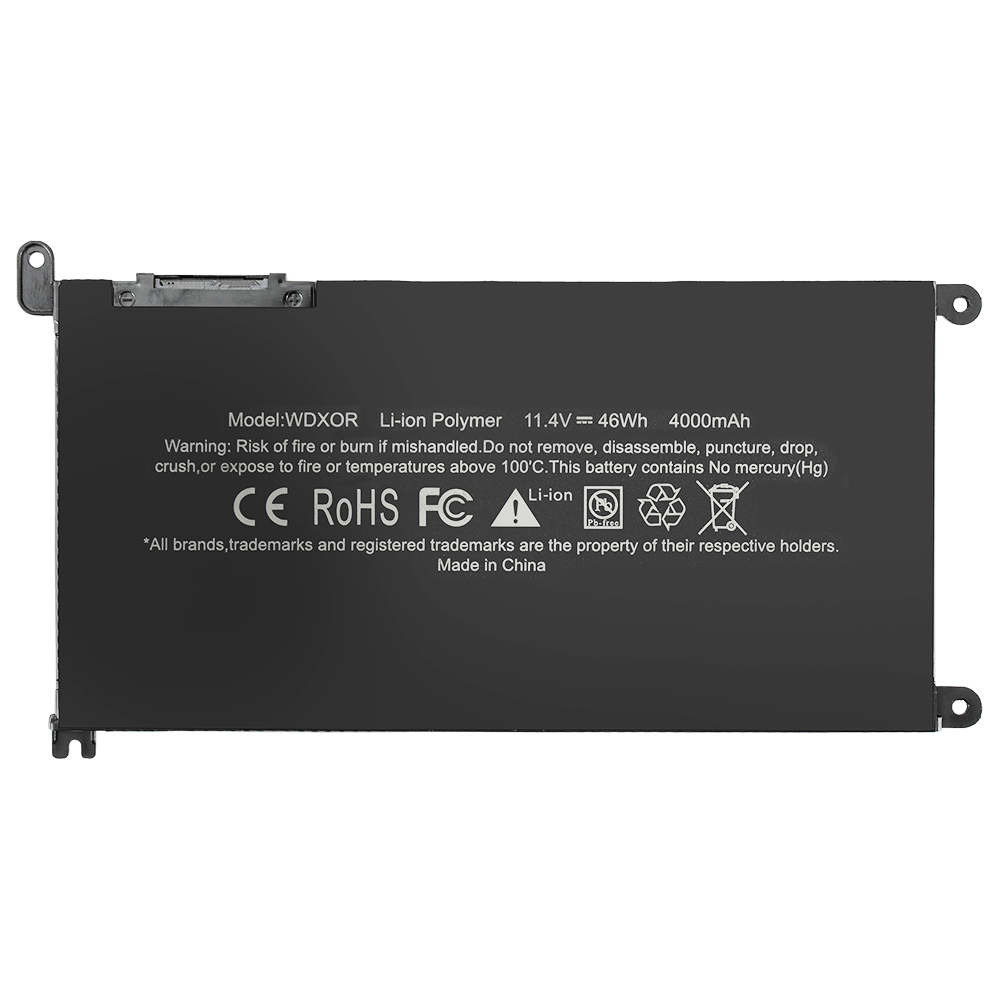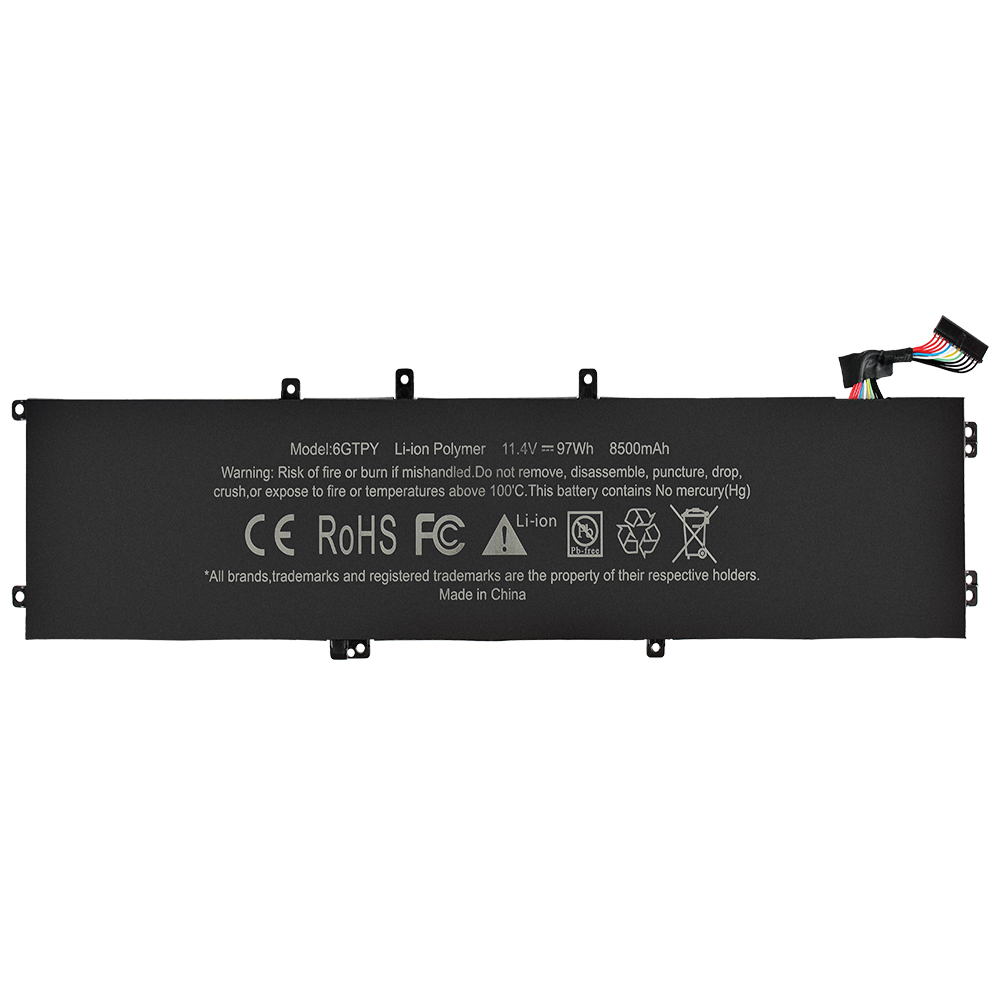-
Longshan 5th Rd, Xingsheng County,Longgang Street, Shenzhen
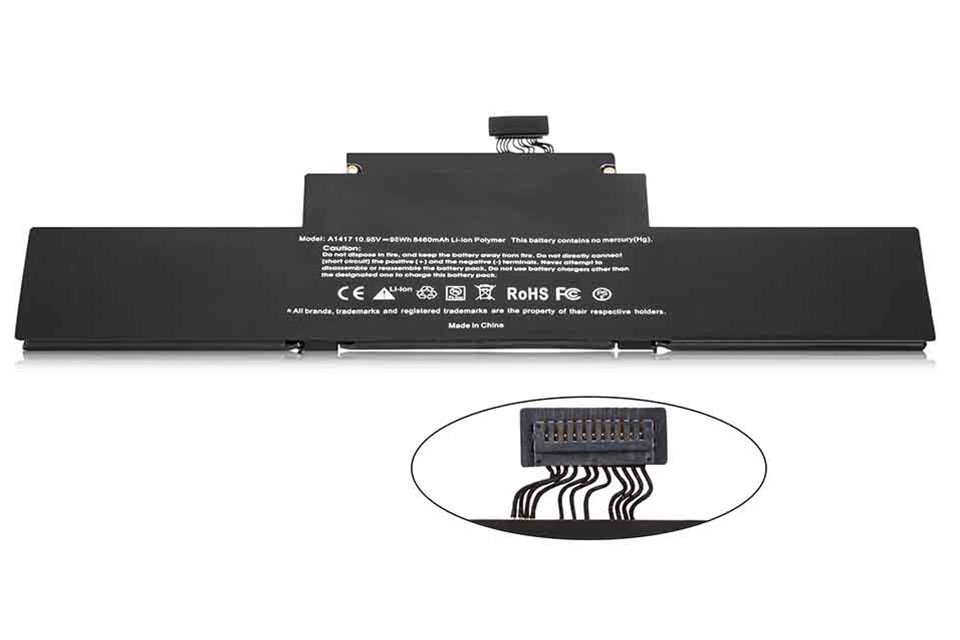
How can I determine the battery health in a laptop?
- Comply with these suggestions, inspect your battery on a regular basis, and you’ll obtain the lengthiest life from your laptop computer battery!
- Comply with these suggestions, inspect your battery on a regular basis, and you’ll obtain the lengthiest life from your laptop computer battery!
Is your laptop computer battery passing away quick? Do you require to remain connected in at all times? This overview will certainly reveal you just how to inspect your laptop computer battery health and wellness I will certainly make use of straightforward words and clear actions
Why Battery Health And Wellness Issues
Your laptop computer battery resembles the heart of your mobile computer system. When it’s healthy and balanced, you can function anywhere. When it’s ill, you remain linked to power electrical outlets.
Recognizing your battery health and wellness assists you:- See if it requires substitute
- Deal With battery troubles
- Make your battery last much longer
Approach 1: Usage Built-In Devices on Your Computer System
Windows Battery Examine
Windows has a totally free device to inspect your battery. Right here’s just how:
- Open Up Command Trigger
- Click the Beginning switch
- Kind “cmd” or “Command Trigger”
- Right-click and choose “ Run as manager“
- Run Battery Record
- Kind this:
powercfg/ batteryreport - Press Go Into
- Kind this:
- Discover the Record
- The record conserves in the C: WindowsSystem32 folder
- Search For “ battery-report. html“
- Open it in your internet internet browser
- What to Try To Find
- Style Capability: Just how much power your battery held when brand-new
- Complete Fee Capability: Just how much power it holds currently
- Cycle Matter: The amount of times your battery billed totally
Mac Battery Examine
If you have a Mac laptop computer, inspect your battery in this manner:
- Click the Apple symbol in the leading left
- Hold the Choice secret and click “ System Info“
- Discover “ Power” on the left side
- Take A Look At “ Health And Wellness Info“
- Examine “ Cycle Matter” and “ Problem“
Your battery problem may reveal:
- Typical: Battery is healthy and balanced
- Change Quickly: Battery is breaking
- Change Currently: Battery requires substitute
- Solution Battery: Require to service center
Linux Battery Examine
Linux customers can inspect battery health and wellness with incurable commands:
- Open Incurable
- Kind:
upower -i/ org/freedesktop/UPower/ devices/battery _ BAT0 - Press Go Into
- Search For energy-full and energy-full-design
Approach 2: Usage Unique Battery Applications
Some applications offer even more information regarding your battery. They reveal wear degree, temperature level, and a lot more.
Ideal Battery Applications
Application Call Functions On What It Reveals Rate CoconutBattery Mac Cycle matter, health and wellness % Free BatteryBar Pro Windows Use degree, discharge price $ 8 HWMonitor Windows Voltage, use degree Free Dell Power Supervisor Dell laptop computers Wellness standing, setups Free Lenovo Vantage Lenovo laptop computers Wellness, setups Free You can additionally inspect battery replacement options for your specific model if you locate that your existing one requires to be changed. Laptop Computer Battery Health And Wellness: Secret Indicators
Cycle Matter
The majority of batteries decrease after 300-500 cycles Examine your own!
Capability vs. Style
Go For > 80% of initial capability. Listed below 60% typically requires substitute.
Temperature Level
High warm (> 35 ° C/ 95 ° F )weakens batteries quicker. Maintain it cool down.
Common Capability Loss Over Cycles
( Illustratory information – real efficiency differs)
Extend Battery Life
- ✔ Avoid severe warm or cold.
- ✔ Maintain fee in between 20% – 80%.
- ✔ Do not constantly leave connected in at 100%.
- ✔ Reduce display illumination.
- ✔ Update OS & vehicle drivers on a regular basis.
When to Change
- ❌ Capability listed below 50-60% of initial.
- ❌ Unforeseen closures take place.
- ❌ Battery literally puffy.
- ❌ Runtime substantially minimized.
- ❌ OS reveals “Solution Recommended”.
Based upon basic Li-ion battery information; Apple asserts 1000 cycles for some MacBooks.
Dell Assistance & various other OEMs typically mention 80% as a limit, with 30% (Replace)
CapabilityBattery 80-100%
60-79%
<< 60% (Replace)
Cycle Matter
<< 300 300-500>> 500 (Replace) Discharge Price
- 1-3% per hour (still) 4-5% per hour
- >> 5% (Issue) Comprehending Cycle Matter
- A cycle
- implies making use of 100% of your battery’s power. This can be: Going from 100% to 0% whenBattery Going from 100% to 50% two times
Going from 100% to 80%, after that billing, two times The majority of batteries last regarding 300– 500 cycles - Battery prior to they begin to wear. Apple MacBooks can last as much as
- 1,000 cycles
- Capability In Time Your battery
sheds capability
as it ages: New: 100% capability 1 year: Concerning 80-90% capability
2 years
- : Concerning 70-80% capability 3+ yearsBattery: Typically listed below 70% capability
- If your capability
- goes down listed below 80%
- , you may discover much shorter battery life
- Listed below 50%Battery, lots of people require a
brand-new battery
If you have an , understanding your battery’s health and wellness is particularly crucial considering that these designs include high-capacity batteries that need to last much longer than standard. When to Change Your
- Change your laptop computer battery when:
- Capability is listed below
- 50-60%
of initial life is much less than fifty percent of when brand-new
Discharge price
is really
Battery quick
( sheds 10% in mins) is puffy or harmed Computer System closes down arbitrarily with battery power left For pc gaming laptop computers like the , battery health and wellness is particularly crucial as these designs make use of even more power and produce even more warm than typical laptop computers. Tips to Make Your Last Longer Maintain your battery healthy and balanced with these suggestions: Do not allow it obtain as well warm Usage on difficult surface areas Maintain vents clear Utilize a
cooling down pad Stay clear of severe costs Attempt to maintain in between
- 20-80%
- fee
- Do not leave it at
100% at all times Stay clear of allowing it go down to 0% typically
Battery Usage power conserving setups
Reduced display illumination Shut Off
- history applications Usage
- battery saver setting Update your computer system
- Maintain running system
- upgraded Update
vehicle drivers and firmware Frequently Asked Question Concerning Laptop Computer Health And Wellness Can I utilize my laptop computer while billing? Yes, contemporary laptop computers are made to make use of while connected in. Yet do not leave it constantly connected in at 100%. Exactly how typically should I inspect my battery health and wellness? Examine every 3-6 months
to track modifications in time.ASUS VivoBook 14 X403FA Does quick billing pain my battery?

Some quick charging can make your battery warm, which can use it out quicker. Usage typical billing when you can.Battery
Can I change my laptop computer battery myself? It relies on your
- laptop computer design: Older designs: Typically have easy-to-remove batteries
- Battery Newer designs: Typically have batteries inside that requirement devices to change Should I maintain my laptop computer connected in when it goes to 100%? No, remaining at
- 100% fee at all times can wear your battery quicker. If you utilize it connected in a lot of the moment, attempt to maintain it around 80% fee
- Battery Numerous premium designs like the currently consist of software program attributes to restrict crediting 60-80% when connected in regularly. Verdict Examining your laptop computer battery health and wellness
- is very easy with integrated devices. By considering your capability,
cycle matterASUS TUF Gaming series, and
discharge priceBattery, you can inform if your battery is healthy and balanced or requires substitute.
Keep in mind to make use of excellent battery practices like staying clear of severe temperature levels and not maintaining it constantly at 100% fee.
- Comply with these suggestions, inspect your battery on a regular basis, and you’ll obtain the lengthiest life from your laptop computer battery!
- Comply with these suggestions, inspect your battery on a regular basis, and you’ll obtain the lengthiest life from your laptop computer battery!
- Comply with these suggestions, inspect your battery on a regular basis, and you’ll obtain the lengthiest life from your laptop computer battery!

